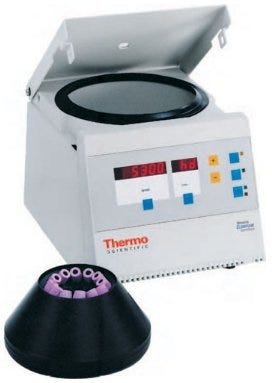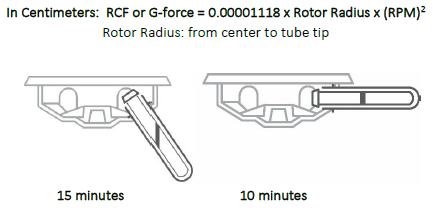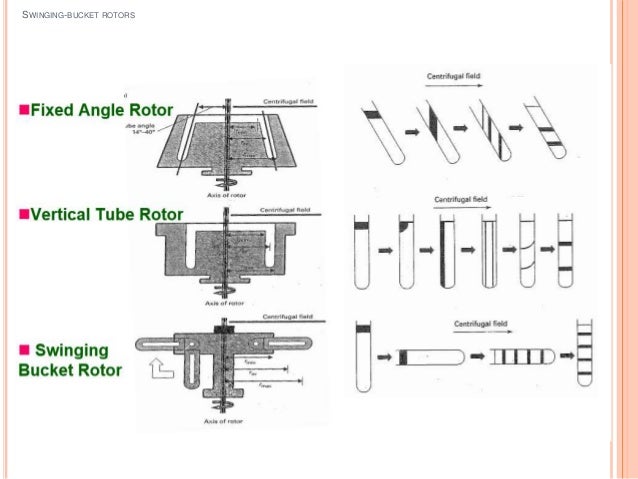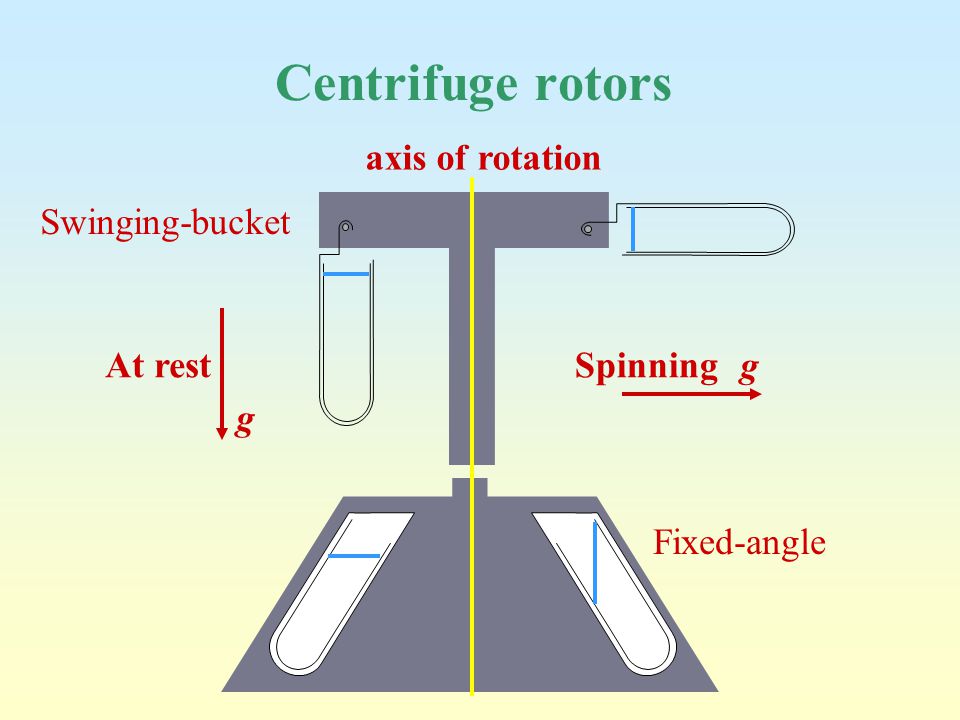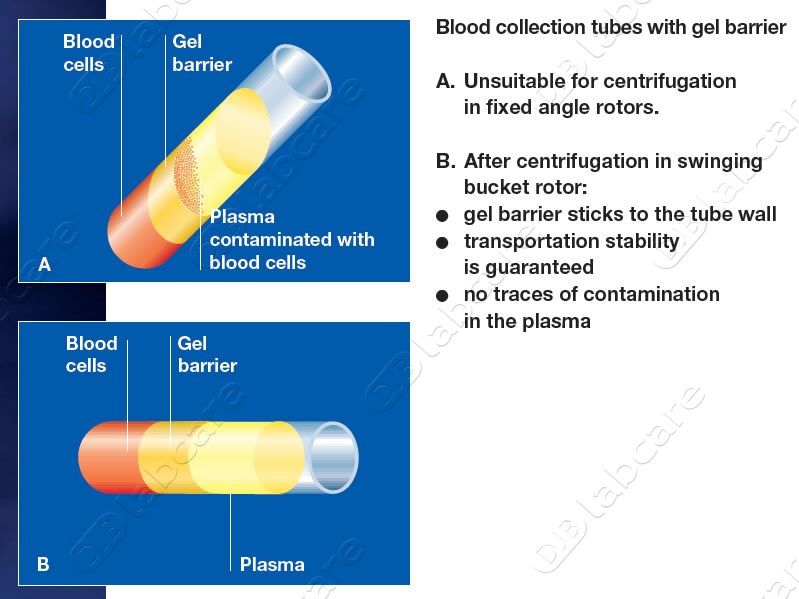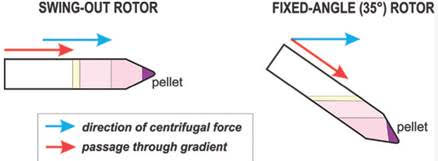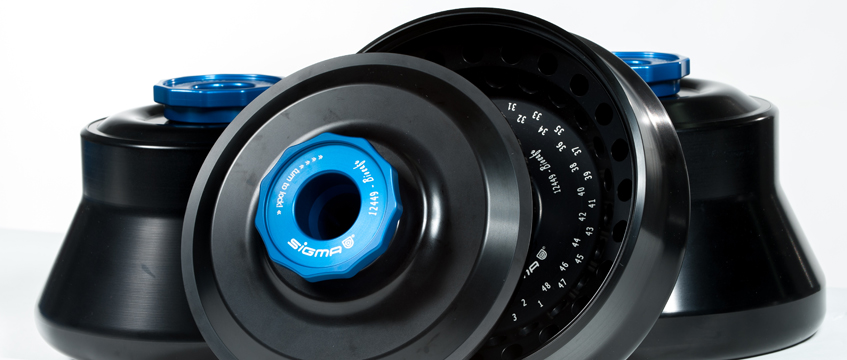Swing Bucket Centrifuge Vs Fixed Angle

The jla 16 250 fixed angle rotor with single lock lid is aluminum.
Swing bucket centrifuge vs fixed angle. In case of using fixed angle rotor the direction of separation is 45 degrees relative to the axis of rotation. When the rotor begins to rotate the solution in the tubes. General purpose large volume and multitube processing. It is clearly visible that precipitate is located in the center of the tube.
Benefits of a swing out bucket rotor. The centrifuge is composed of a rotor which is used to house the tubes where separation occurs. Fixed bucket rotors allow shorter sedimentation times in comparison to swing bucket rotors as higher rotational speeds and higher centrifugal forces can be achieved. Consider the differences between these types of rotors to help you determine which one is best for your lab.
2 the sample divided with the use of the fixed angle rotor. The advantage of fixed angle rotors is that they don t have moving parts like swing bucket rotors. Fixed angle or swinging bucket. The fixed angle rotor is designed to hold tubes in a fixed position at a fixed angle relative to the vertical axis of rotation up to about 45.
The rotor is used in avanti j series and j2 series centrifuges. Fixed angle rotors hold tubes at a stable angle typically 45 relative to the axis of rotation. A swinging bucket rotor swings out when centripetal force is applied and holds the cells at an approximate 90 angle relative to the angle of rotation. There are two main types of centrifuge rotors.
Empty rotor weight is 10 3 kg 22 7 lb. Fixed angle and swinging bucket. There are two main types of centrifuge rotors. Greater separation of liquids which contain larger solids separation of waste slurry or sand sized particles.
Fixed angle rotor is the rotor which holds tubes in the exact same fixed angle all the time usually 45 degrees. Centrifugation will cause particles to sediment along the side and bottom of the tube. As the name indicates a fixed angle rotor holds tubes at a fixed angle usually 45. When it comes to centrifuge rotors there are a couple basic types that you will need to choose between swing out and fixed angle.
This could be problematic if the solids get caught in the angle of the tube. There are two very common rotor designs. The sample divided with the use of the swing out bucket rotor. Fixed angle or swinging bucket.
Therefore in swinging bucket rotors the pelleted material will form at the bottom of the conical centrifuge tube whereas tubes processed in a fixed angle rotor will form sedimentation on the side. Fixed angle rotors are used for sedimentation with high centrifugal forces of up to and more than 60 000 x g typically needed in research laboratories. Fixed angle rotors hold tubes at a stable angle typically 45 relative to the axis of rotation.
